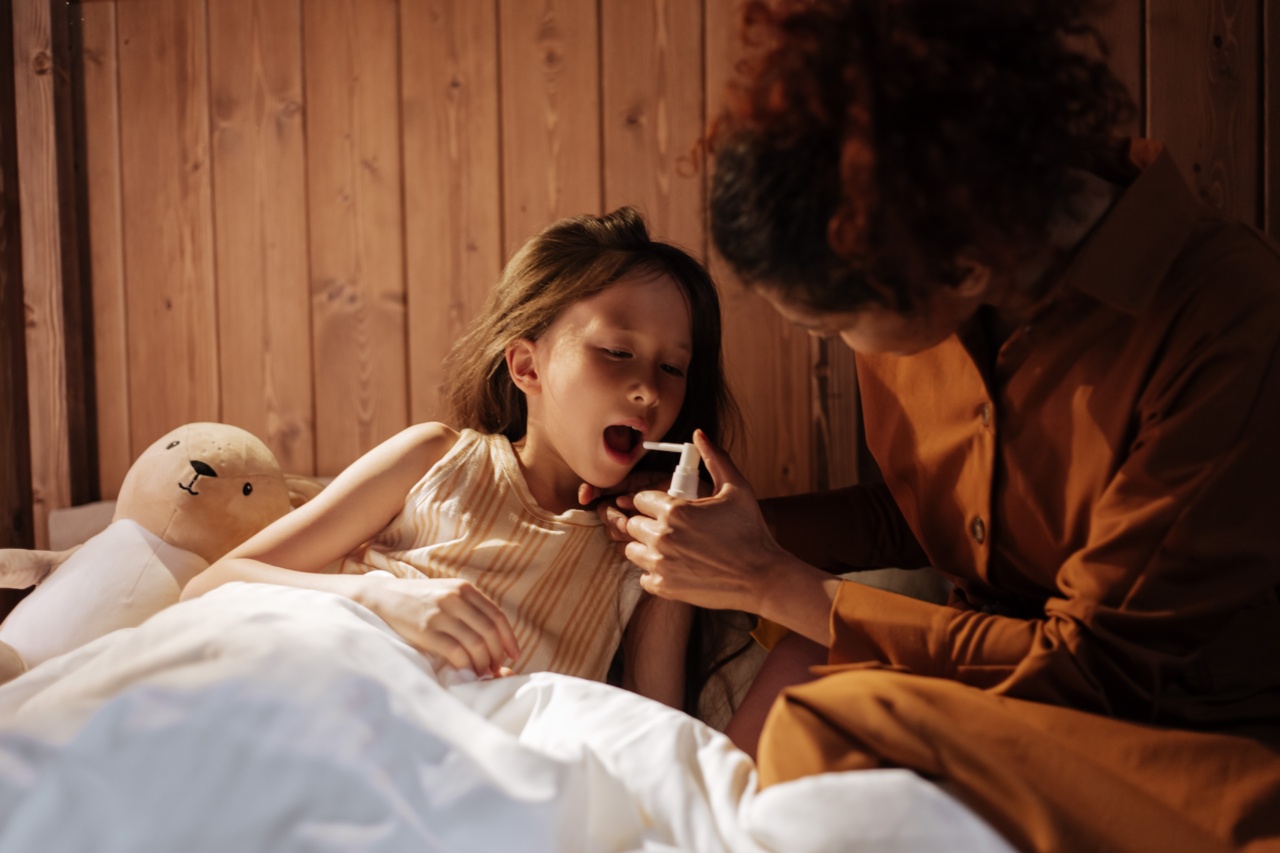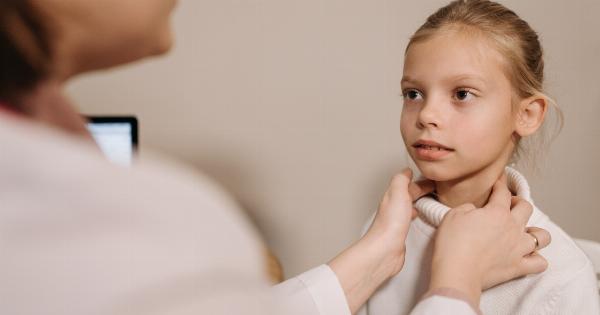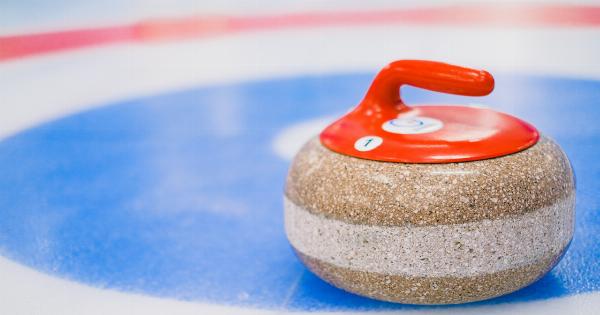Strep throat is a common bacterial infection that affects the throat and tonsils. It is usually caused by Group A streptococcus bacteria. It is contagious and can be easily transmitted from person to person through sneezing and coughing.
Strep throat is more common in children than in adults, and it can cause serious complications if left untreated. In this article, we will discuss the symptoms, causes, and treatment options for strep throat in children.
Symptoms of Strep Throat in Children
The symptoms of strep throat in children may vary from mild to severe. The most common symptoms of strep throat include:.
- Sore throat
- Fever
- Difficulty swallowing
- Tender and swollen lymph nodes
- Red and swollen tonsils with white patches or streaks of pus
- Headache
- Nausea and vomiting
- Rash
Causes of Strep Throat in Children
The main cause of strep throat in children is the Group A streptococcus bacteria. This bacterium can be easily transmitted from person to person through coughing, sneezing, or touching contaminated surfaces.
Strep throat can also be caused by a viral infection, but it is less common. Children who have weakened immune systems or who are in close contact with someone who has strep throat are more likely to develop the infection.
Diagnosis of Strep Throat in Children
A doctor can diagnose strep throat in children by performing a physical examination and conducting a throat culture or rapid strep test.
The doctor will examine the child’s throat and tonsils for signs of inflammation and white patches or streaks of pus. A throat culture involves taking a sample of the child’s throat secretion, which is then sent to a laboratory for analysis.
A rapid strep test involves using a swab to collect a sample of the child’s throat secretion and then testing it for the presence of Group A streptococcus bacteria. Results of the rapid strep test are usually available within a few minutes, while a throat culture can take up to two days.
Treatment of Strep Throat in Children
The treatment of strep throat in children usually involves antibiotics, which can help to kill the bacteria and relieve the symptoms.
Penicillin is the most common antibiotic used to treat strep throat, although amoxicillin and erythromycin may also be prescribed. Children with severe symptoms or complications may need to be hospitalized for additional treatment. Treatment should be continued for at least 10 days, even if the child starts to feel better before that time.
Failure to complete the course of antibiotics can lead to the development of antibiotic-resistant bacteria and increase the risk of complications.
Home Remedies for Strep Throat in Children
While antibiotics are the most effective treatment for strep throat, there are several home remedies that can help to relieve the symptoms and speed up recovery. These home remedies include:.
- Resting and drinking plenty of fluids to prevent dehydration
- Gargling with warm salt water to soothe the throat
- Using a humidifier or vaporizer to moisten the air and ease breathing
- Taking over-the-counter pain relievers like acetaminophen or ibuprofen to relieve pain and reduce fever
- Eating soft, cold foods such as ice cream and jelly to soothe the throat
Prevention of Strep Throat in Children
To prevent the spread of strep throat in children, it is important to encourage good hygiene practices like:.
- Washing hands frequently with soap and water for at least 20 seconds
- Covering the mouth and nose when coughing or sneezing
- Avoiding close contact with people who have strep throat
- Disinfecting surfaces and objects that may be contaminated with strep bacteria
- Encouraging children to avoid sharing food, drinks, and utensils with others
Complications of Strep Throat in Children
Strep throat can lead to serious complications if left untreated. These complications may include:.
- Rheumatic fever
- Kidney inflammation
- Meningitis
- Sinusitis
- Ear infections
If your child is experiencing any of these symptoms, it is important to seek medical attention immediately.






























